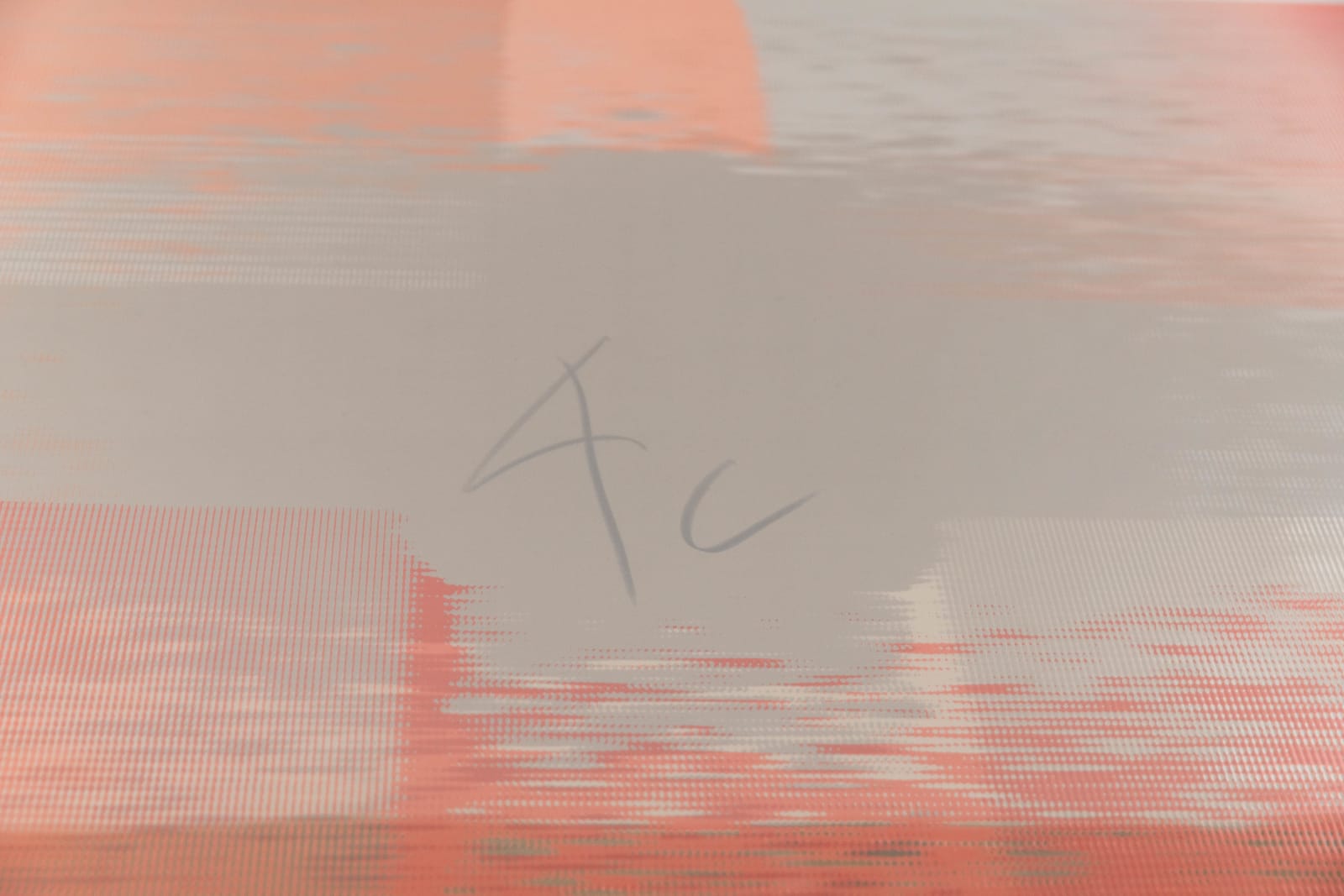Keith Sonnier
27 3/4 x 36 1/8 inches
Weitere Abbildungen
The edition Video Still Screen IV (1973) is a film still from Keith Sonnier’s video work Color Wipe (1973), which is part of the collection of the Ludwig Forum in Aachen, Germany. The limited 4-color silkscreen, published by Gemini G.E.L., Los Angeles, is an example of Sonnier's experimental work that transcends genre boundaries. In his video works, he creates meta-levels of content and a new visual language that aim for an extension of visual experience. In Color Wipe, the artist mixes two simultaneously recorded videos and manipulates them with special effects by experimenting with color filters. The original idea for these images come from color plates hanging in the film studio, which are filmed vertically and horizontally by the cameras, creating a flicker that suggests that the images themselves are monitors.
From these recorded sequences, manipulated images and technical disturbances, a hybrid emerges, which can be understood both as documentation of the creative act as well as a scientific experiment. Through the additional abstraction of the video image, the silk-screen print acquires a painterly quality that refers to the origin of the image content.
The edition is offered in cooperation with Gemini G.E.L., Los Angeles.











